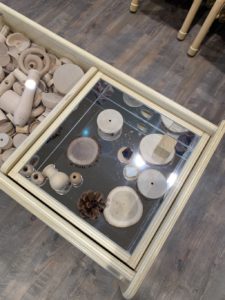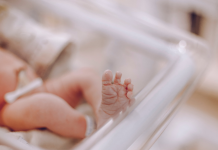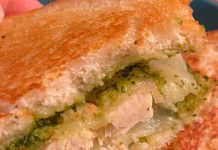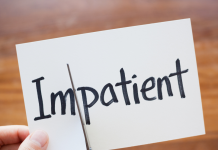Maybe you’ve seen our Facebook Live videos or maybe you drive past one of the Little Sunshine’s Playhouse & Preschool locations. Yes, they are the cutest preschools around, but what makes them different than others?
Reggio Emilia.
Reggio Emilia? That sounds fancy! But what is it?
Reggio Emilia is an Italian educational philosophy based on the knowledge children are full of curiosity and creativity, ready to explore the world with a sense of wonder and awe. It suggests children are competent and active participants in their own learning.
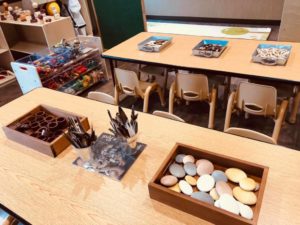
So how does an Reggio Emilia classroom differ from traditional classroom settings?
There are many ways traditional classrooms differ from a Reggio Emilia setting, but seven distinct thought processes set it apart.
1. Children are capable of constructing their own learning. Reggio is a very hands-on, project-based curriculum that focuses on the whole child.
2. Children are collaborators and learn through interactions with their communities and classrooms. The environment plays a major role in the child’s education.
3. Children are natural communicators and should be encouraged to express themselves. Through curriculum, children develop cognitive, emotional, physical, and language skills.
4. The classroom is the “third teacher.” The carefully designed classroom also teaches through learning centers such as science, math, kitchen, writing and more.
5. Teachers are guides who help facilitate exploration. Children are viewed as active co-participants in the learning process, while the teacher serves as a partner, nurturer and researcher.
6. Documentation is a critical component of communication. Children engage in long-term hands-on projects and use a variety of materials to explore and express ideas.
7. Parents are partners in education. Project-based learning encourages development of healthy relationships between children and their peers, teachers and parents.
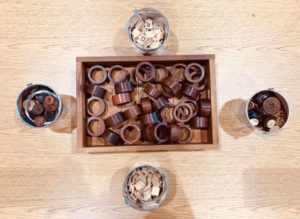
So how does that look for my child?
Instead of focusing on individual subjects, cross-curriculum teaching creates deeper learning. More on that in a bit!
Reggio Emilia curriculum involves not teaching one specific subject at a time, but providing guidance that enables children to simultaneously learn through project-based experiences. A perfect example of this is a cooking project. To adults we may only see a fun project but children are learning much more. They are learning math through measurement, print recognition through the recipe card and ingredient labeling, they are learning about chemical reactions by combining ingredients and they are creating an art form. This form of cross-curriculum teaching creates deeper learning.
A sample curriculum may have 24 months of curriculum themes that are then broken down into two to three units per theme. A curriculum theme might be rainforests, which would then be broken down into units on foliage, animals and weather. Learning centers in each classroom facilitate deeper learning of themes by using art, dramatic play, literacy, technology, music/movement, nature/science, sand/water and math/manipulatives. These activities engage the student’s sense of wonder, and are based around questions the children are asking.
Because children learn in many forms (spatial, auditory-musical, linguistic, kinesthetic) it is important to create experiences for the child to immerse his/herself in for learning. With providing guidance in project-based learning, Reggio Emilia is teaching the whole child, so the child simply just isn’t learning “subjects” they are learning about process, teamwork, self-regulation, and self esteem.
